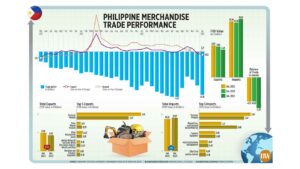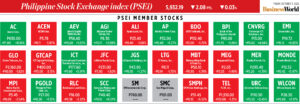BSP extends moratorium on grant of EMI licenses

THE BANGKO SENTRAL ng Pilipinas (BSP) has extended its moratorium on the issuance of electronic money issuer (EMI) licenses to nonbank financial institutions (NBFIs) for another year.
“The Monetary Board, in its Resolution No. 1598 dated Dec. 7, approved the extension for another year or until Dec. 15, 2024, the moratorium on the regular application for new EMI-NBFI,” the central bank said in a memorandum.
The memorandum was signed by BSP Deputy Governor Mamerto E. Tangonan on Dec. 12.
The BSP had imposed a two-year ban on the issuance of EMI licenses since Dec. 16, 2021 to allow it to monitor the sector and prevent the misuse of e-money licenses.
Still, the central bank said interested nonbank EMI applicants with proposals involving new business models, unserved, targeted niches, and new technologies could request an exception. This will be processed through the regulatory sandbox approach.
“These exceptions are intended to modify the current landscape in the e-money industry with new business models and new technologies shifting the focus to unserved and underserved markets,” it said.
“Interested new EMI-NBFI applicants which meet the above-mentioned exception/s and offer strong value propositions to provide e-money services may apply through the regulatory sandbox framework under BSP Circular No. 1153 dated Sept. 5, 2022,” it added.
As of July, the BSP had issued EMI licenses to 43 nonbanks and to 28 banks, bringing the total registered and licensed EMI financial institutions to 71.
Licensed EMIs provide money transfer or remittance services using electronically stored money value system and similar digital financial services.
Based on the BSP’s 2021 Financial Inclusion Survey, financial account ownership in the country grew to 56% of Filipino adults from 29% previously amid the growing use of e-money accounts.
Among the banked population, 36% had e-money accounts in 2021, up from the 8% share in 2019. This became the most used type of account among adults in the middle class, the low-income population and those aged 15 to 49 years old. — Keisha B. Ta-asan




